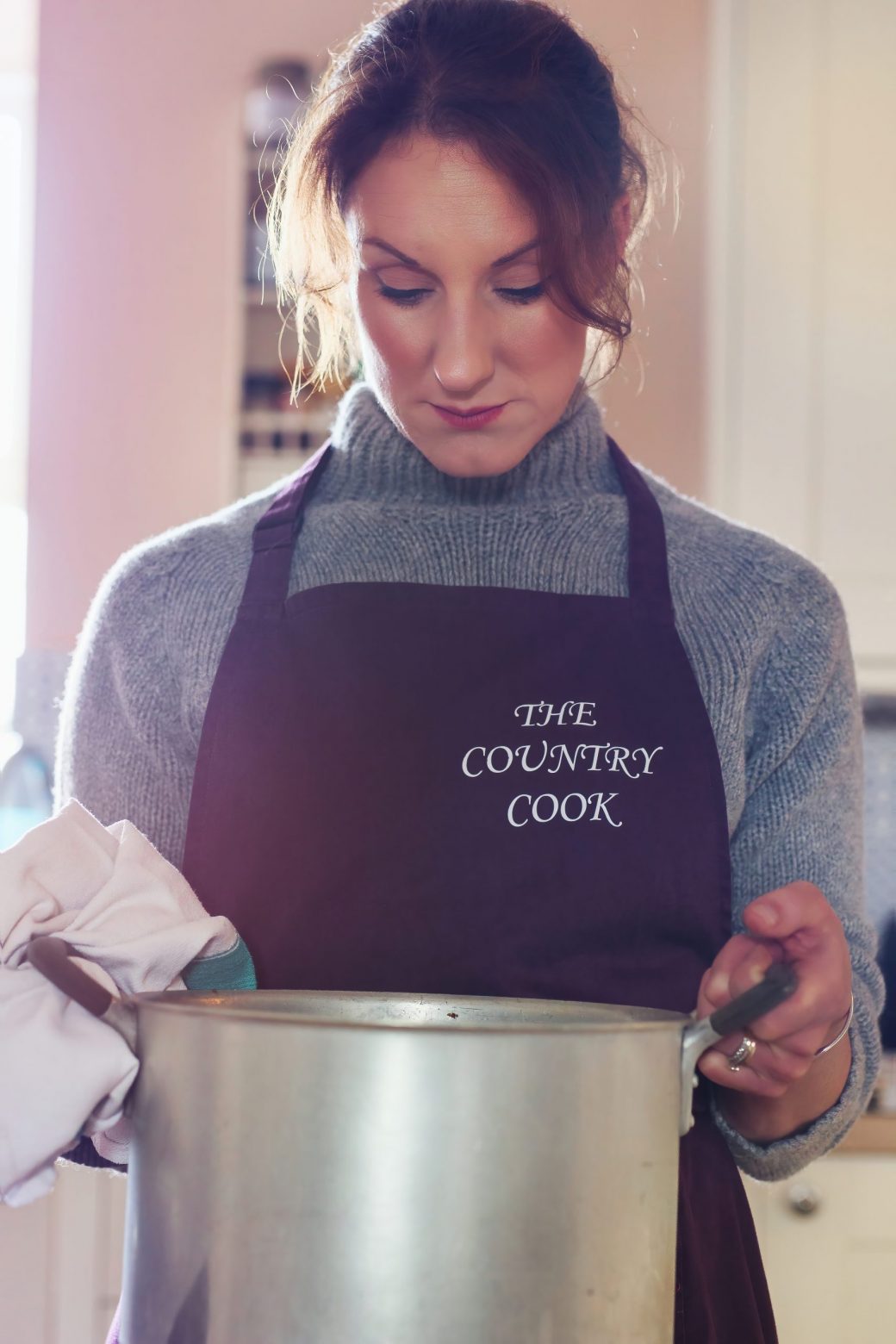
Please could you tell us a little bit about your background and how you became the chef you are today?
My grandmother was the cook for a large shooting estate, and she was somewhat of a legend. She taught me those all important fundamental culinary skills. Growing up there was an abundance of game available, and I loved helping and learning. This gave me the perfect opportunity to experiment and develop. I very distinctly remember a particular food technology class at school; my Victoria Sandwich Cake came out deep yellow whilst everyone else’s was pretty much white. The other children couldn’t get over the colour or understand it, the difference being I was the only one with free-range eggs!
Much of my skill with flavours and textures which produces the recipes that people love so much has been self-taught. Whilst always considered a fantastic cook, it wasn’t until 2015 when I was ‘bullied’ into entering The Game Chef Of The Year as an amateur that I started in a cooking business. I was highly commended with second place nationally, and came away thinking “I’d better do something with this”.
So my scratty notebook was turned into my cookbook, From Field & Moor; A Country Cook’s Sport and The Country Cook was born.
From a young age I have always been involved with all aspects of shooting, and my favourite time is picking-up on the grouse moors with my beloved team of gundogs. I am a country girl first, cook second! This gives me the deep understanding of the journey to the plate, and so why each game tastes the way it does.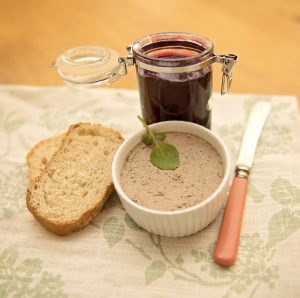
Can you remember what the first game dish you ever cooked was?
The first game dish I ever cooked and wrote up as a recipe is my Inebriated Pheasant Breasts (which is included in the cookbook). It’s probably not the most skilled, but I love it for the fact that it soaks the meat in red wine for hours, which counters the salty Parma Ham beautifully.
What do you think is the biggest challenge is when cooking game?
I think for many people the biggest challenge when cooking game is to really accept that it must be hot and fast, or slow and low. Somewhere in between produces dry meat, this is because of the low fat content of game compared to many commercial meats such as beef.
What is your favourite game bird to cook and how do you like to cook it?
My favourite game bird has to be grouse, without a doubt! Many people see it as a challenge; to produce, drive, shoot, and cook! But I love a challenge! My favourite is to pan fry the breast for a minute and a half either side, serving it pink. It’s better than any fillet steak, and can be complimented by a variety of sauces to take the meal in different directions; from dark chocolate and plum to stilton and red wine. The legs make a beautiful slow-cooked ragu.
And the worst?
I honestly can’t say any game is the worst to cook, but grouse that has been hung too long can be very unpleasant. It really does suit being dressed within 24 hours of being shot.
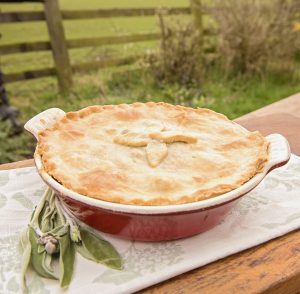
Which chefs inspire and influence you?
Nigella Lawson is most definitely an inspiration, I love the way her dishes tell a story, and the fact that she is a cook, not a chef really resonates with me. José Souto is another wonderful chef who specialises in game and I admire greatly, he oozes knowledge which he imparts in such an easy manner. I’m lucky to call him a friend too.
Top 3 Tips
- Know your product; for example don’t just accept it’s venison – there are 6 different species!
- Hot & Fast or Slow & Low is a rule to live by.
- Be bold and experiment with flavours, you’ll be surprised what works!
How do you encourage people to eat game in your restaurants?
I love attending game fairs and shows to demonstrate the wonderful dishes that can be cooked with game. I always ensure that these are dishes that people can recreate at home, there is a huge misconception that game is only reserved for restaurants and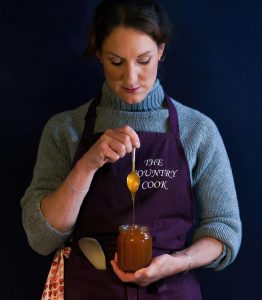 the rich. On social media I showcase not only the end products, but the journey too. With stories of exciting days on the moor to a blank stalk, I feel it is so important for people to understand the provenance and ethics of their food. I always sneak some game onto the menus for my private chef work.
the rich. On social media I showcase not only the end products, but the journey too. With stories of exciting days on the moor to a blank stalk, I feel it is so important for people to understand the provenance and ethics of their food. I always sneak some game onto the menus for my private chef work.
In the autumn I will be launching The Clan; an educational and entertaining membership where people will be nurtured in their pursuit to ‘get into game’, alongside several courses. Details can be found by following the link: https://linktr.ee/thecountrycook
Surprising ingredients that compliment game?
Lots of fruits suit game, as the sharpness cuts and lifts the flavour. This can be as simple as adding a spoonful of bramble (or blackberry if you’re not from ‘Up North’) jam to your gravy.
Favourite tipple with a pheasant?
I can drink champagne with anything!
Any advice for young budding chefs?
My greatest advice for young budding chefs is to understand your product, this couldn’t be truer than for game. When I say that I mean predominantly before it’s dead! Learn about the habitat, it’s diet, how it moves, how it is hunted. Many game keepers are happy to impart their knowledge and spending some time beating, or out counting will soon help you understand the difference between a grouse and a pheasant. So, you will be able to use the game to really showcase it’s qualities and respect it.
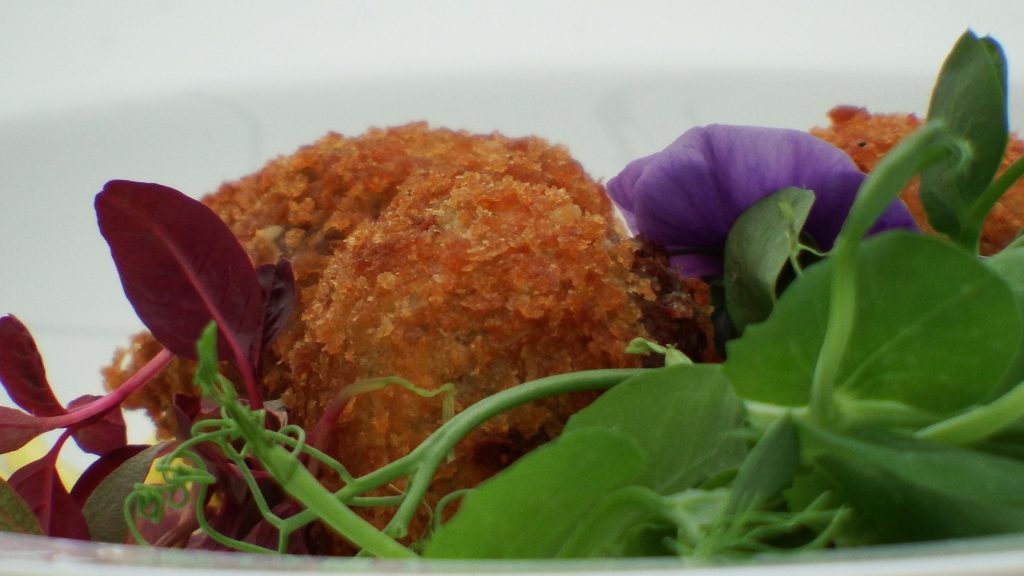
![]()